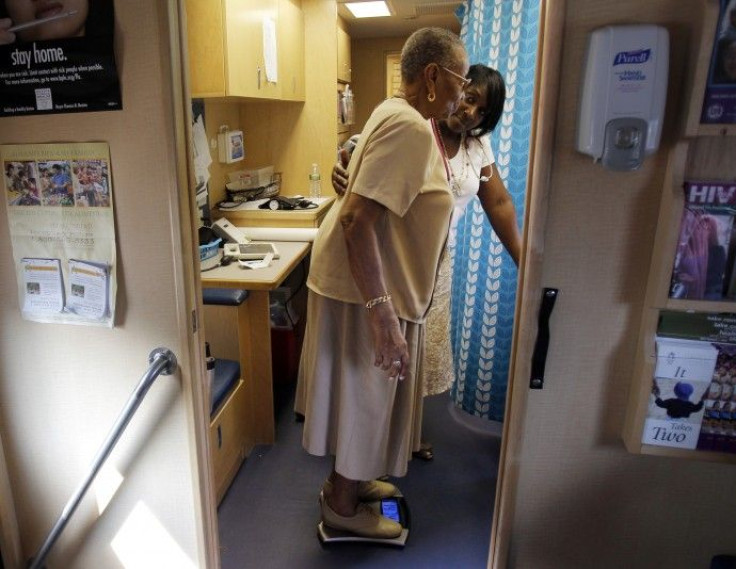Potential Risks of Privacy, Security Breaches of Personal Health Data

The risks associated with privacy and security breaches in health care are identified by the Deloitte Center for Health Solutions, which released a report titled, Privacy and Security in Health Care: A Fresh Look.
The report offers guidance about preparedness for health plans, life science organizations and health information technology solutions providers as well as federal and state health agencies, to help minimize potential privacy and security threats as health reform drives increased exchange of online health information.
The Deloitte report identifies some of the reasons why preparedness for privacy and security risk is inadequate at some health care organizations, including lack of internal resources (human resources and capital); lack of internal control over patient information; lack of upper management support; outdated policies and procedures or non-adherence to existing ones; and inadequate personnel training.
As the health care industry transitions to wide-spread adoption of electronic health records (EHRs), clinical data warehousing, home monitoring and remote medicine, there may be greater probability of data breaches, potentially resulting in data fraud and medical identity theft. Medical fraud is a serious issue, and 67 percent of consumers we polled believe fraud has a major influence on driving up the overall cost of healthcare, said Paul Keckley, executive director of the Deloitte Center for Health Solutions.
Privacy and security regulations have historically focused on internal security processes, however in the new normal, culpability has been expanded to downstream entities.
As health care delivery moves to performance-based compensation, increased transparency, and increased use of electronic health records, new privacy and security rules and standards will be added.
To address the challenge of protecting against potential privacy and security breaches in the new era of health reform, Deloitte's report outlines a basic approach for health care industry stakeholders to assess their current preparedness across three key areas: Risk management; Security and privacy program; and Compliance.
Risk management will help identify and assess data security risks to develop appropriate security controls to mitigate or avoid risk. This allows health care organizations to make informed decisions on how to allocate security resources to improve data protection.
Security and privacy program will help develop and implement policies, procedures and training needed to mitigate or avoid risk. This helps create a baseline for standards to secure handling of sensitive patient information and awareness of privacy and security procedures across the organization.
Compliance will help verify organization conformance to its policies and standards. This helps reduce organizational risk; creates customer trust and confidence in an organization's protection of personal health information; and reduces potential for financial penalties due to reasonable cause or willful neglect.
Reflecting the importance of safeguarding consumers' personal health information, the Deloitte Center for Health Solutions 2010 Consumer Survey found that while 57 percent of consumers want access to an online personal health record connected to their doctor's office, 33 percent are concerned about privacy and security of an online personal health record.
Healthcare industry stakeholders should act now to prevent compromising sensitive patient data, preserve brand value and avoid substantial financial penalties for violations. By building in technology to prevent, monitor and remedy data breaches and setting aside operating funds to implement safeguards, the health care industry can confront and contain this growing challenge while also addressing the needs of their patients to help improve the quality of care, concluded Keckley.
© Copyright IBTimes 2024. All rights reserved.











